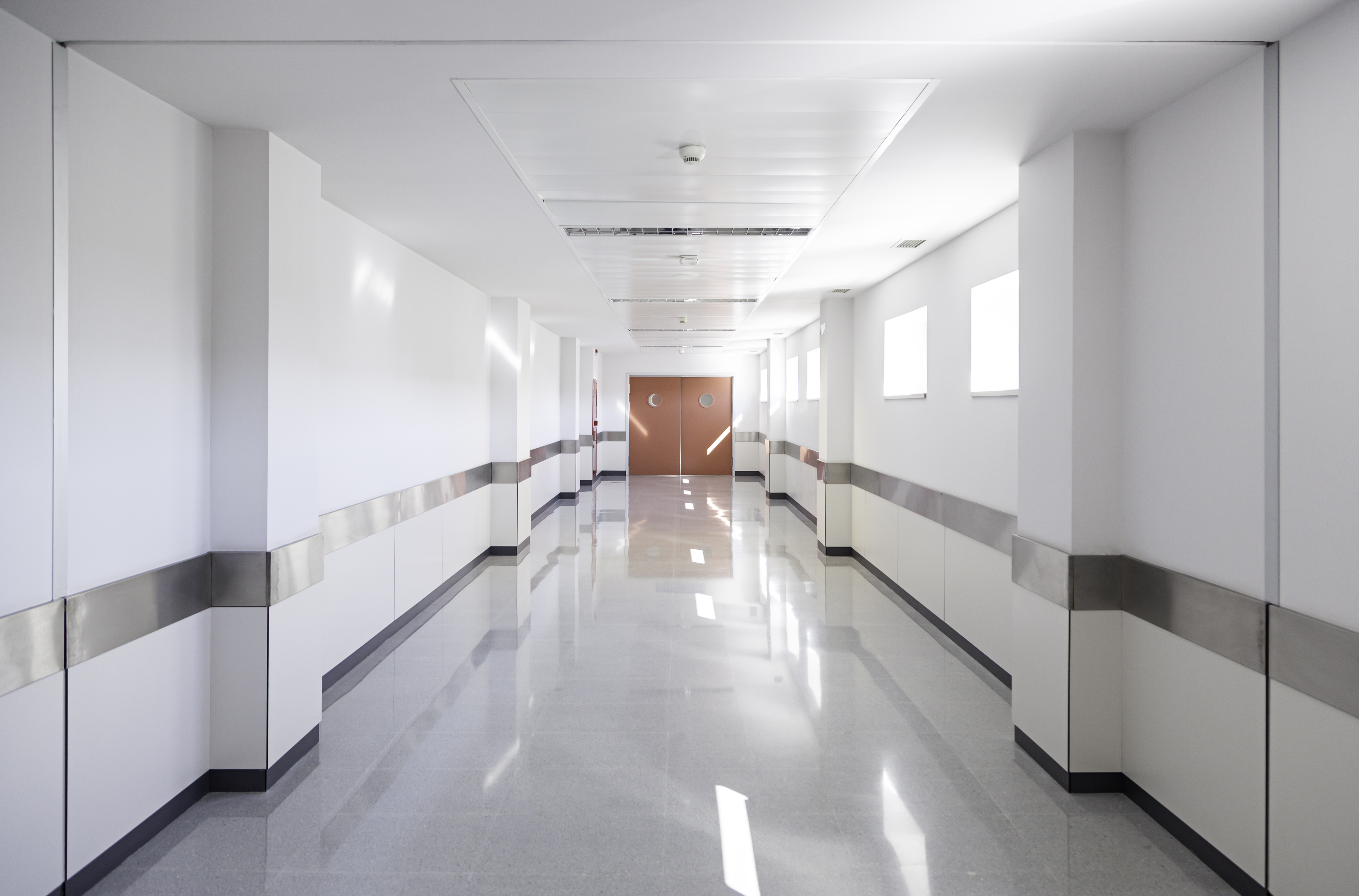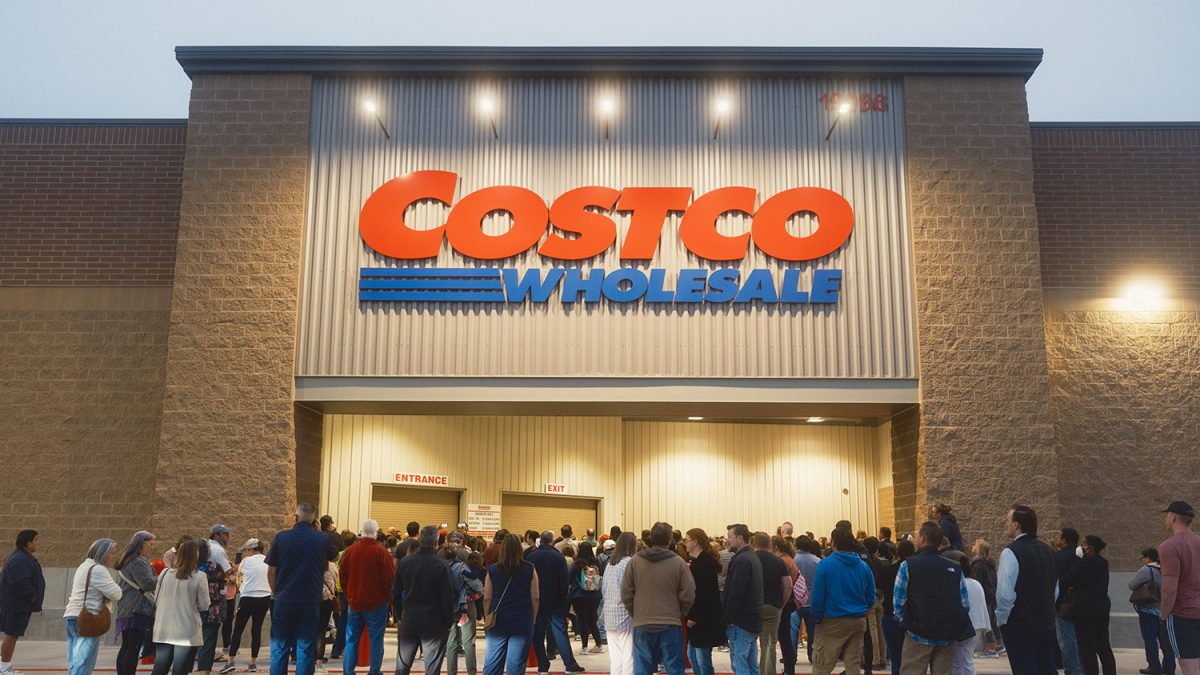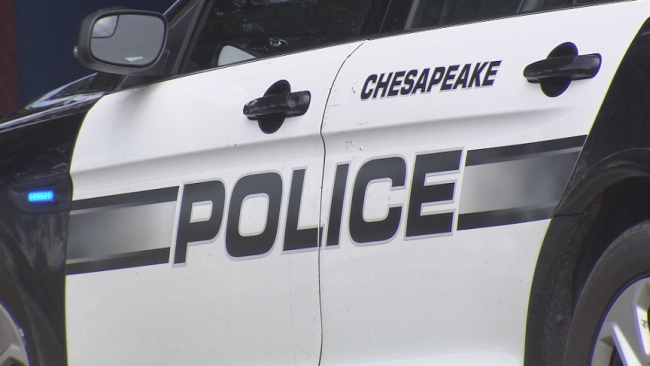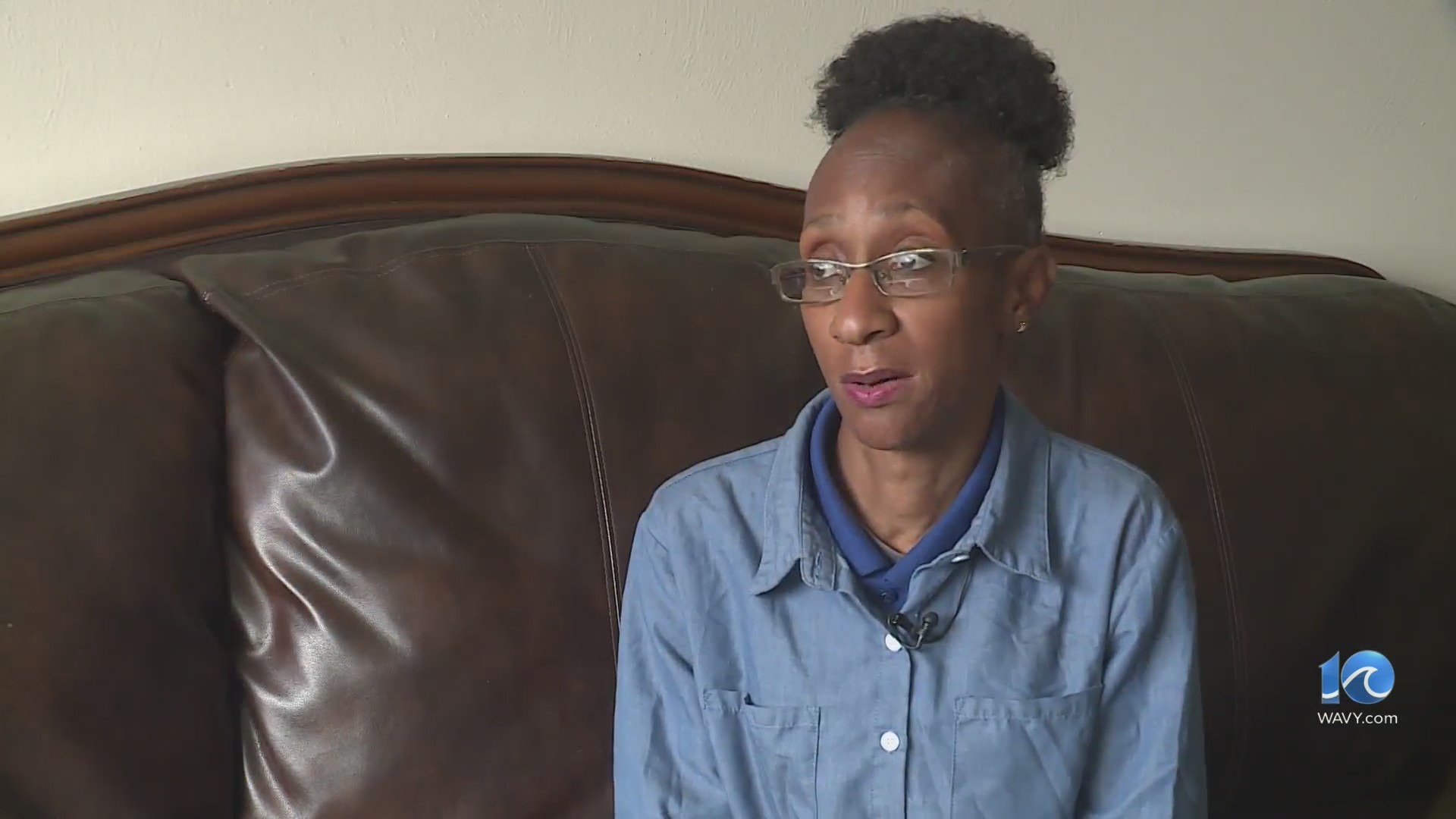NORFOLK, Va. (WAVY) — Crews working at the Basilica of St. Mary of the Immaculate Conception discovered pieces of history when working at the church.
They came across a tunnel and three crypts about two months ago, according to Fr. Jim Curran, the church’s pastor.
Patrick Duck, who was working at the time, says he was surprised to find a tunnel under the floor.
“I was over there jack hammering and all of the sudden, the jack hammer went through the floor,” he said.
After the discovery, David Brown was brought in to study the findings. He believes the space was a drainage tunnel built in the 19th century.
This week, Brown and others with the church and construction company came together to announce their findings — which also included three crypts.
“We think what we’ve seen today has given us some initial understanding of what we’re dealing with,” he said.
Although he believes the tunnel was originally used for drainage, Brown says he does not know what the tunnel could’ve been used for later.
But history of the surrounding area during the Antebellum period has excited Cassandra Newby-Alexander, a local historian, to learn more.
“The fact that it’s dry, the fact it went into the heart of the African-American community here in Norfolk, it goes into the direction of what is known as St. Johns AME Church. In the Antebellum period it was called the colored AME church,” she said.
While St. Mary’s is now a staple in the African-American community, its roots have run deep in the community for decades.
It is the only African-American Basilica in the country.
It was also built in 1858, shortly after another Catholic church, St. Patrick’s, was destroyed by a fire.
Fr. Curran says the priest at the time was warned to stop interracial masses and a couple of weeks later, it burnt to the ground under mysterious circumstances.
But the tunnel shows there might be a lot more to how active the church really was.
“While we do know this was an area that was active in the underground railroad, the question remains,” Curran said. “There’s no answer, but could this tunnel have been used to transport people from this tunnel to a ship? We don’t know, but we are looking into that. We are studying. It’s very exciting.”
Regardless of if the tunnel was used or not, Curran says it still serves as a reminder.
“It’s a reminder to us the power of God and the power of the human spirit that refuses to be shackled, that will always find freedom. It is a great reminder irrespective of how its ever used . It is a great reminder to us of that human quest for freedom,” he said.











































































































